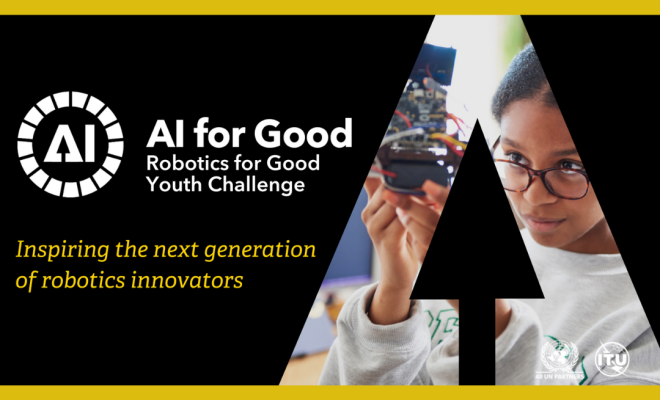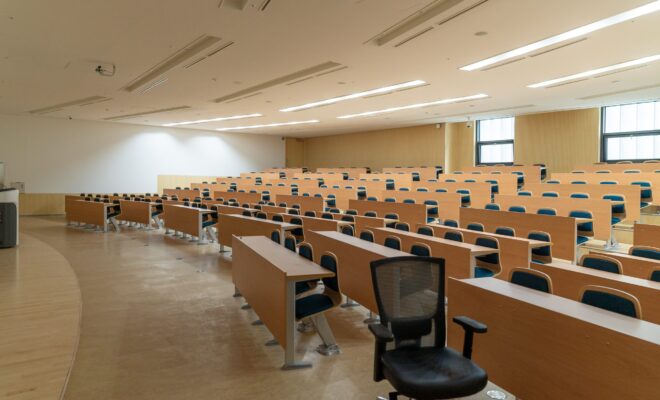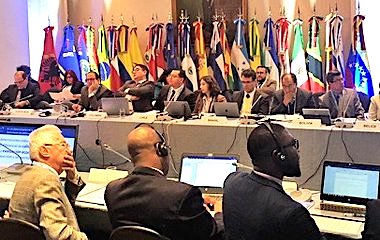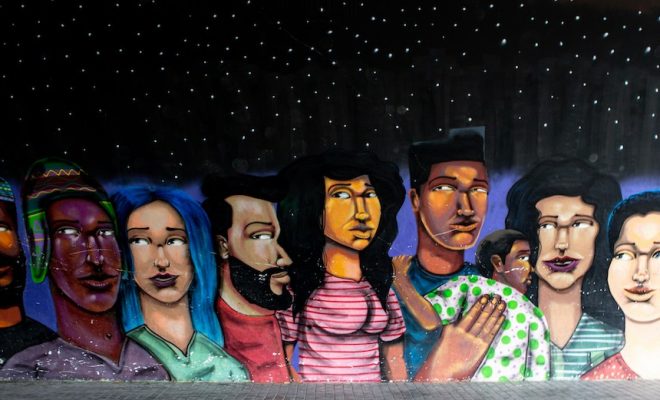Join the Robotics for Good Youth Challenge 2024-2025

Each year, the UN-based youth educational robotics championship challenge is inspired by a global challenge in relation to which robots offer practical solutions to advance the United Nations’ Sustainable Development Goals (SDGs). This seasons theme of Robotics for Good Youth Challenge 2024-2025 focuses on disaster response.
Teams from all around the world are invited to design, build and program a robot that completes a mission related to this topic. The competition fosters free-software and free-hardware robotics, allowing unrestricted assembly and programming of the robots.
Apply by June 1 and become a National Organizer of the Robotics for Good Youth Challenge in your country. Inspire the next generation of young innovators by cultivating talent, fostering collaboration, and advancing sustainable development.
Host a National or Regional Event in person from June 2024 to March 2025 and be a changemaker in STEM education. This will also give you the chance to have your national finalist team participate in the AI for Good Global Summit 2025!
Launching webinar
The launch of the Robotics for Good Youth Challenge 2024-2025: Disaster Response was held online with the participation of: Francesc Pedró, director at UNESCO IESALC; Jenty Kirsch-Wood, Chief of the Global Risk Analysis and Reporting Section at United Nations Office for Disaster Risk Reduction (UNDRR); Erica Allis, Senior Programme Officer at WMO, WMO; Robin Murphy, Raytheon Professor of Computer Science and Engineering at Texas A&M University; Boipelo Moraka, Chief Drone Pilot at South Africa Flying Labs; Alice Agogino, EO at Squishy Robots and Professor Emeritus in Mechanical Engineering at the University of California at Berkeley; and Karishma Muthukumar, Student at University of Cambridge.
Pedró pointed out that it is necessary to focus on the use of emerging technology based on responsible, ethical practices and for the common good. In the face of global catastrophes, he stressed the importance of finding innovative and contextualized responses through multi-stakeholder approaches.
More information: here
RELATED ITEMS








